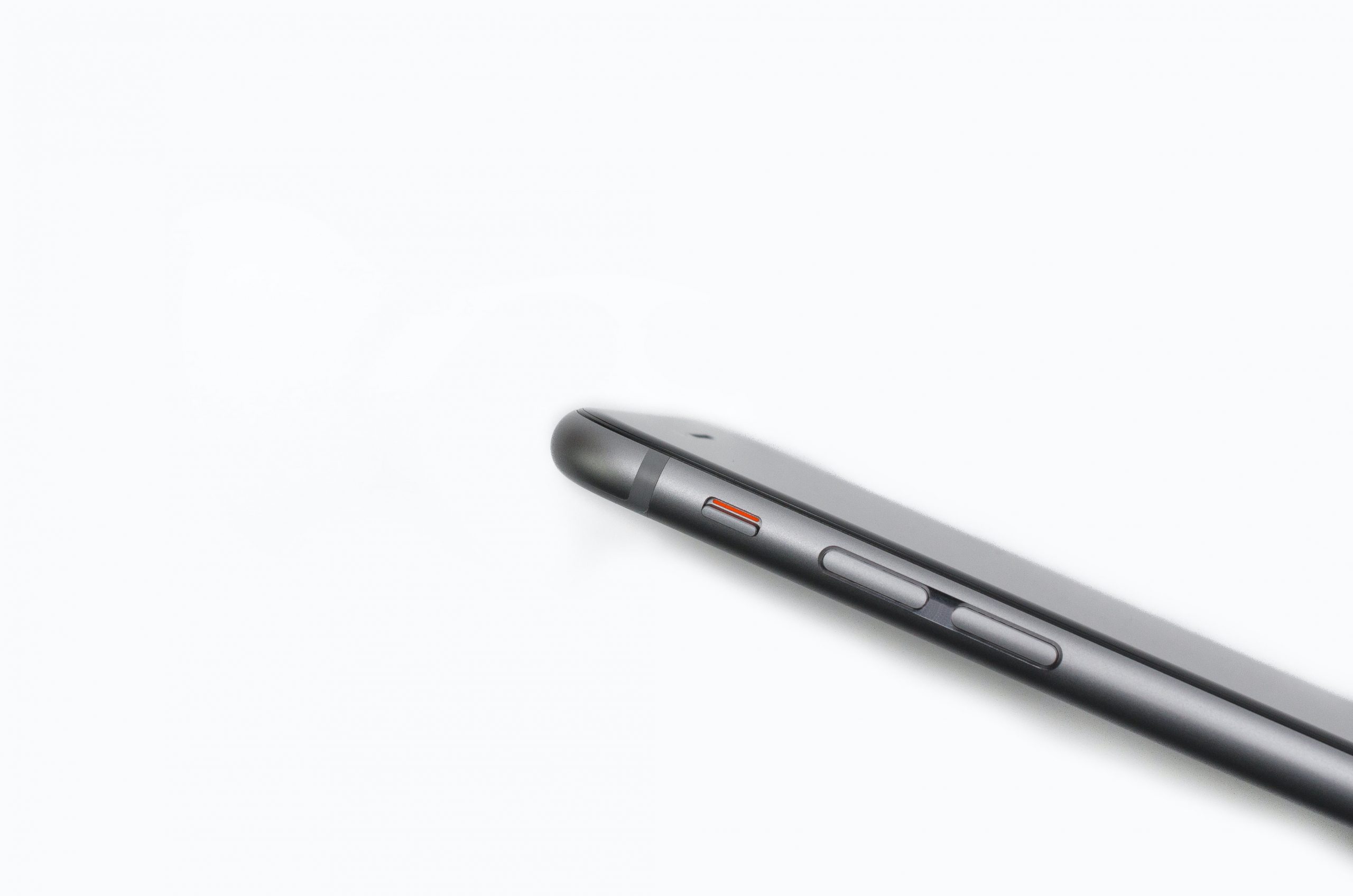
Welcome to Virtual Tech Vision’s comprehensive guide on smartphone basics. Whether you’re a beginner or just looking to brush up on your skills, this guide will provide you with all the necessary information you need to navigate and utilize your smartphone effectively.
Contents
- 1 Contents
- 2 Basic Smartphone Terminology Explained
- 3 Smartphone Navigation Basics
- 4 How to Manage Phone Contacts
- 5 How to Make a Phone Call on a Smartphone
- 6 How to Make a Video Call on a Smartphone
- 7 How to Answer a Phone Call on a Smartphone
- 8 How to Send Text Messages on a Smartphone
- 9 How to Send Emails on a Smartphone
- 10 How to Send Files, Photos, and Videos on a Smartphone
- 11 Notifications and Receiving Messages
- 12 How to Install and Uninstall Apps on a Smartphone
- 13 How to Use the Camera App on a Smartphone
- 14 Managing Key Smartphone Settings
- 15 How to Change Font Sizes on a Smartphone
- 16 How to Change Volume and Alert Settings on a Smartphone
- 17 Managing Smartphone Privacy and Security
- 18 Conclusion
Contents
- Introduction
- Basic smartphone terminology explained
- Smartphone navigation basics
- How to manage phone contacts
- How to make a phone call on a smartphone
- How to make a video call on a smartphone
- How to answer a phone call on a smartphone
- How to send text messages on a smartphone
- How to send emails on a smartphone
- How to send files, photos, and videos to others on a smartphone
- Notifications and receiving messages
- How to install and uninstall apps on a smartphone
- How to use the camera app on a smartphone
- Managing key smartphone settings
- How to change font sizes on a smartphone
- How to change volume and alert settings on a smartphone
- Managing smartphone privacy and security
Basic Smartphone Terminology Explained
Before we dive into the specifics of using your smartphone, let’s start with some common terminology:
- Apple: An American company that makes iPhones and iPads.
- iOS: The software that Apple smartphones run on.
- Android: The software that most non-Apple smartphones run on, including handsets made by Samsung, Huawei, Google, and many other companies.
- Mobile data: How your phone connects to the internet when you’re out and about. It is typically provided through a SIM data deal.
- Wi-Fi: How your phone connects to the internet when you’re at home, using your home broadband router.
- Apps: Short for applications, these are software programs on your smartphone that help you perform various tasks like checking the weather, reading the news, or browsing the internet.
Before you start using your smartphone, it’s important to familiarize yourself with some basic navigation techniques:
Home Screen and Default Apps: The home screen is where you land after unlocking your phone. It may look different across devices, but there are common elements such as the phone dialer, contacts, texts, emails, web browser, camera, photos, files, app store, and settings.
Navigating Your Phone: Unlike computers, smartphones lack a start menu. To navigate your phone, use the following gestures:
- Home: Tap the center button at the bottom of the phone to return to the home screen from an app.
- Back: Tap the back arrow button on the left at the bottom of the phone to return to the previous page in an app or exit the app if on the first page.
- View Apps: Tap the apps button on the right at the bottom of the phone or swipe up from the bottom of the screen to show a list of open apps.
- View Notifications Drawer (Android) or Notification Centre (iOS): Place your finger at the top of the screen and slide it downwards to view and interact with notifications.
Gestures and Commands: On a touchscreen, use the following gestures to navigate your phone:
- Tap: Touch something with your finger to interact with it.
- Long Tap: Touch and hold something with your finger for 2-3 seconds to select it and access additional options.
- Double Tap: Tap twice to reset the view or perform a specific action.
- Swipe Left or Right: Switch between different items or screens.
- Swipe Up or Down: Scroll, open, or close items.
- Pinch In: Touch and hold with two fingers, moving them away from each other to zoom in or magnify.
- Pinch Out: Touch and hold with two fingers, moving them towards each other to zoom out or reduce.
How to Manage Phone Contacts
To manage your smartphone contacts, simply tap on the contacts app. This will display a list of your current contacts. From here, you have three options:
- Tap a Contact: This will display their details and give you options to call or text them.
- Long Tap a Contact: This will select the contact, giving you options to delete it or share its details with someone else.
- Tap the + Icon: This will allow you to add a new contact to your list.
How to Make a Phone Call on a Smartphone
To make a phone call to an existing contact, navigate to the contacts app and select the desired contact. Tap on the phone symbol to call their number.
For new numbers, tap the phone icon to bring up the keypad and enter the phone number. If the number is already in your contacts, it may auto-complete, saving you from typing the entire number.
If you want to call a business or organization, use your phone’s web browser to search for their name and find the option to call them directly.
How to Make a Video Call on a Smartphone
To make a video call, you’ll need a specific app separate from your regular phone app. The app you use depends on the devices involved:
- Android to Android: Use the Google Duo app.
- iPhone to iPhone: Use Apple’s FaceTime app.
- Android to iPhone or vice versa: Use a third-party video calling app like Facebook Messenger or WhatsApp.
Install the appropriate app for your device and follow the setup instructions to start making video calls.
How to Answer a Phone Call on a Smartphone
When you receive a phone call, the screen will illuminate, showing the caller’s name if it matches an existing contact. To answer the call:
- Tap “Accept”: This green icon with a phone symbol instantly connects the call.
- Swipe to Accept: Drag your finger across the screen horizontally or upwards, depending on your device, to answer the call.
Once you answer, a screen will show the call’s details and options to hang up, show the keypad, or activate speakerphone.
How to Send Text Messages on a Smartphone
To send a text message to an existing contact, navigate to the contacts app, select the contact, and choose the option to text them. A conversation thread will open, allowing you to type and send your message.
For new numbers, use the messages app to start a new chat. Enter the recipient’s number or select them from your contacts to begin texting them individually or in a group chat.
How to Send Emails on a Smartphone
To send an email, open the email app and either compose a new email or reply to an existing one. Enter the recipient’s email address, subject line, and message. You can also add attachments by tapping the paperclip symbol.
Once you complete the email, tap send, and it will be on its way to the recipient.
How to Send Files, Photos, and Videos on a Smartphone
To send files, photos, and videos to others, open the photos app and select the desired item. Tap and hold to select multiple items if necessary. Then, tap the share symbol and choose the desired app to share through, such as email or messaging.
If you need to send a file, navigate to the files app and select the file. Tap the share symbol and choose the desired app to share through.
Notifications and Receiving Messages
When you receive a text message or notification, your phone’s lock screen will illuminate, displaying basic details. To view your notifications, unlock your phone and swipe down from the top of the screen.
From here, you can tap a notification to see more details, swipe left or right to dismiss it, or swipe up to hide the notification center.
How to Install and Uninstall Apps on a Smartphone
To install apps, visit the Google Play Store (Android) or the App Store (iOS). Browse the app marketplace and tap “Install” on the desired app. Once installed, tap “Open” to start using the app.
To uninstall apps, locate the app on your home screen or in the app drawer/library. Tap and hold on the app, and an option to uninstall will appear.
How to Use the Camera App on a Smartphone
To take photos or videos, open the camera app on your phone. You will see a preview of what you’re shooting, along with a circular button to take a picture.
For photos:
- Keep the camera stable while taking the photo.
- Ensure you’re at an appropriate distance from the subject.
- Make sure the subject is well-lit.
- Use pinch gestures to zoom in or out.
- Tap on the screen to focus on a specific object.
For videos:
- Open the camera app and switch to video mode.
- Tap the circular button to start and stop recording.
- Tap the video icon to view your recorded videos.
Managing Key Smartphone Settings
To manage important smartphone settings:
- On Android, use the Quick Settings Menu accessed by swiping down from the top of the screen.
- On iOS, use the Control Centre accessed by swiping down from the top right corner (iPhone X or later) or swiping up from the bottom of the screen (older devices).
Use the respective symbols in the menu to adjust settings like display brightness, Bluetooth, Wi-Fi, GPS, airplane mode, torch, auto-rotate, and more.
How to Change Font Sizes on a Smartphone
To change font sizes, navigate to the settings app and look for “Accessibility” (Android) or “Display and Brightness” (iOS). Adjust the font size using the provided slider.
Note that this setting won’t affect the size of text on websites, which you can zoom in on by pinching gestures.
How to Change Volume and Alert Settings on a Smartphone
To adjust volume settings, use the volume buttons located on the side of your phone. The top button increases volume, while the bottom button decreases it. Access more advanced volume control settings in the settings app under “Sounds” or “Sounds and vibration”.
To manage alert settings, use the volume buttons to increase or decrease the volume, as this affects the volume of notifications. Adjust the relative volume of alerts in the settings app under “Sounds” or “Sounds and vibration”.
Managing Smartphone Privacy and Security
Protecting your privacy and keeping your smartphone secure is crucial. Here are some simple tips:
- Turn off GPS and Bluetooth when not in use.
- Avoid accepting website notifications.
- Be cautious when using public Wi-Fi networks.
- Set up a secure login code or Face ID.
- Download apps only from official app stores.
- Install software updates promptly.
- Beware of phishing attempts via email or text messages.
- Look for the padlock symbol when logging into websites.
Conclusion
We hope this guide has provided you with a solid foundation for using your smartphone. If you have any questions or need further assistance, feel free to reach out to us.









